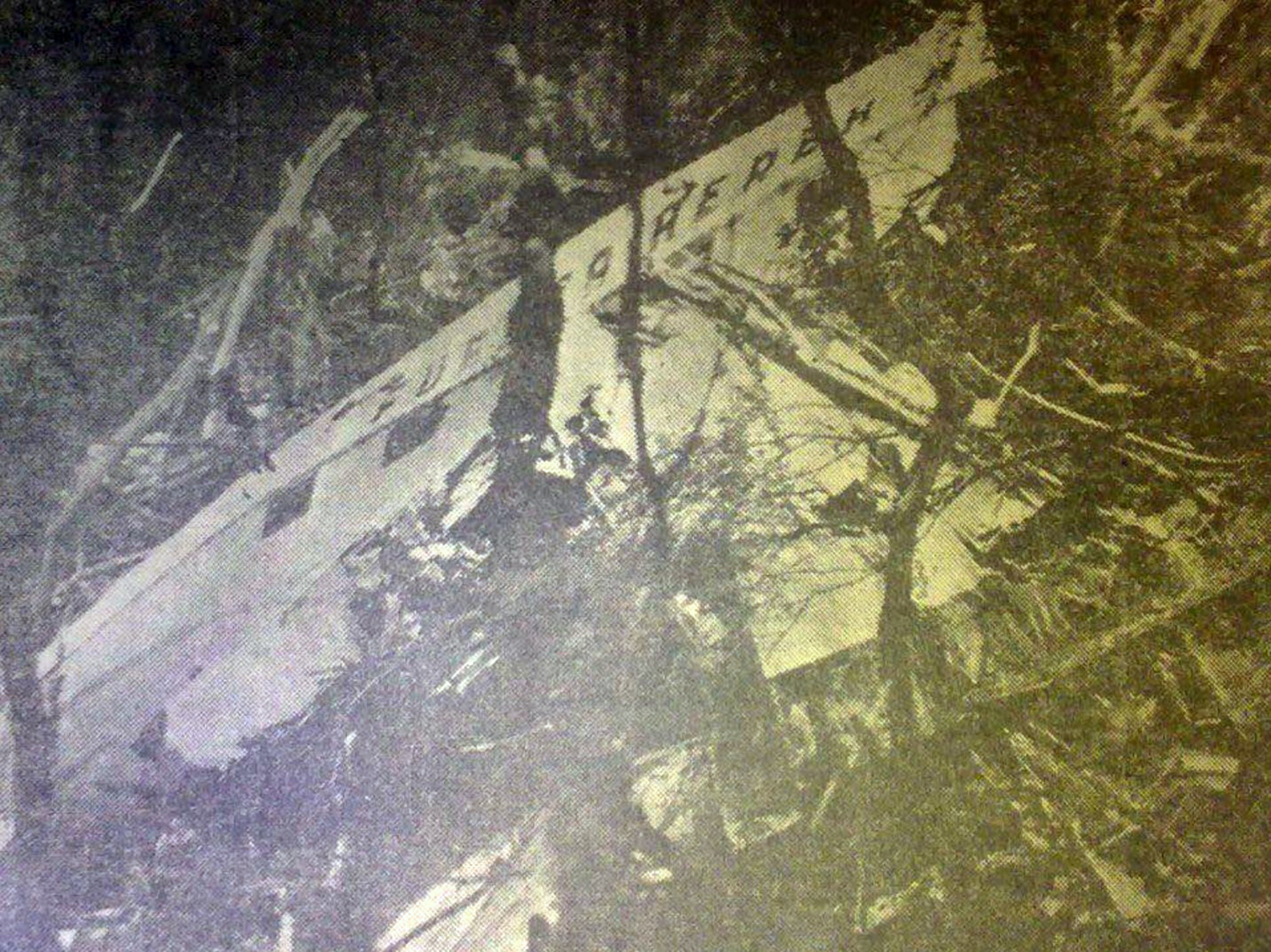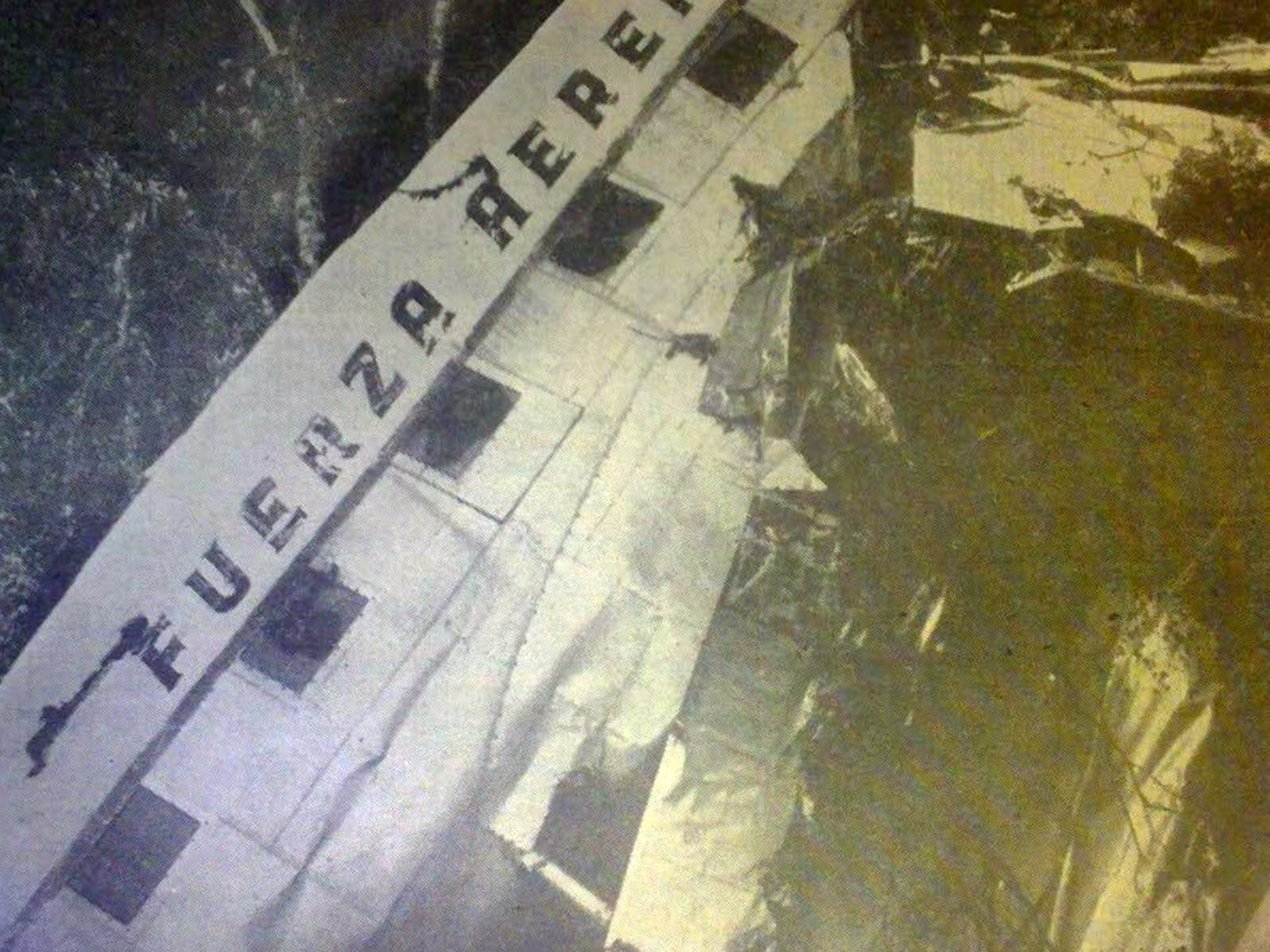Crash of a Douglas C-47 on Mt Turrialba: 6 killed
Date & Time:
Dec 4, 1970 at 1415 LT
Registration:
411
Survivors:
No
Schedule:
Managua - Panama City
Crew on board:
3
Crew fatalities:
Pax on board:
3
Pax fatalities:
Other fatalities:
Total fatalities:
6
Circumstances:
The airplane was engaged in a special flight from Managua to Panama City, carrying three passengers (all civilians), and three crew members. While approaching San José, Costa Rica, weather conditions deteriorated with thunderstorm activity and heavy rain falls. In poor visibility, the airplane struck the slope of the Turrialba volcano (3,340 meters high) and disintegrated on impact. All six occupants were killed.
Probable cause:
Controlled flight into terrain.







